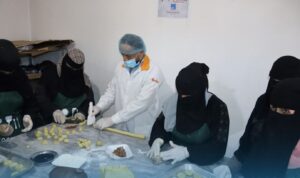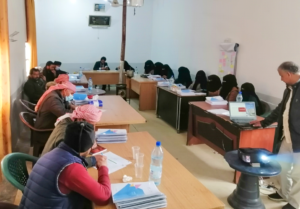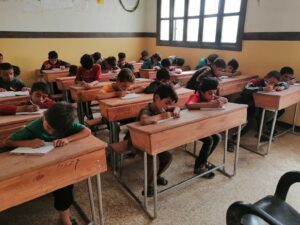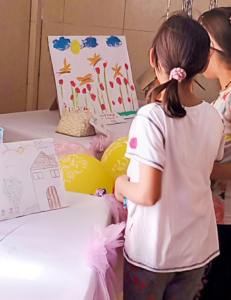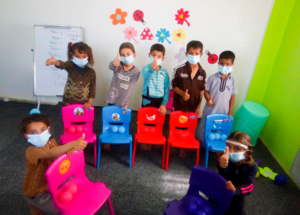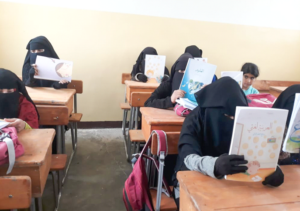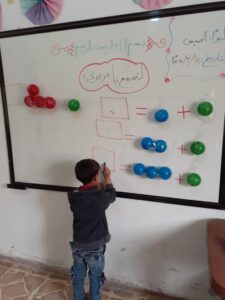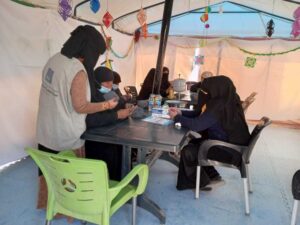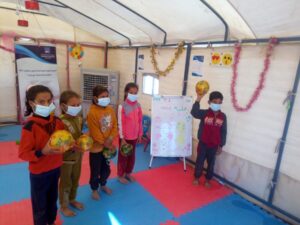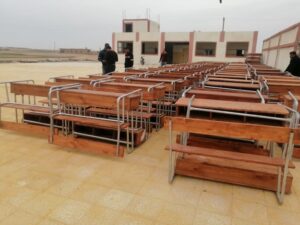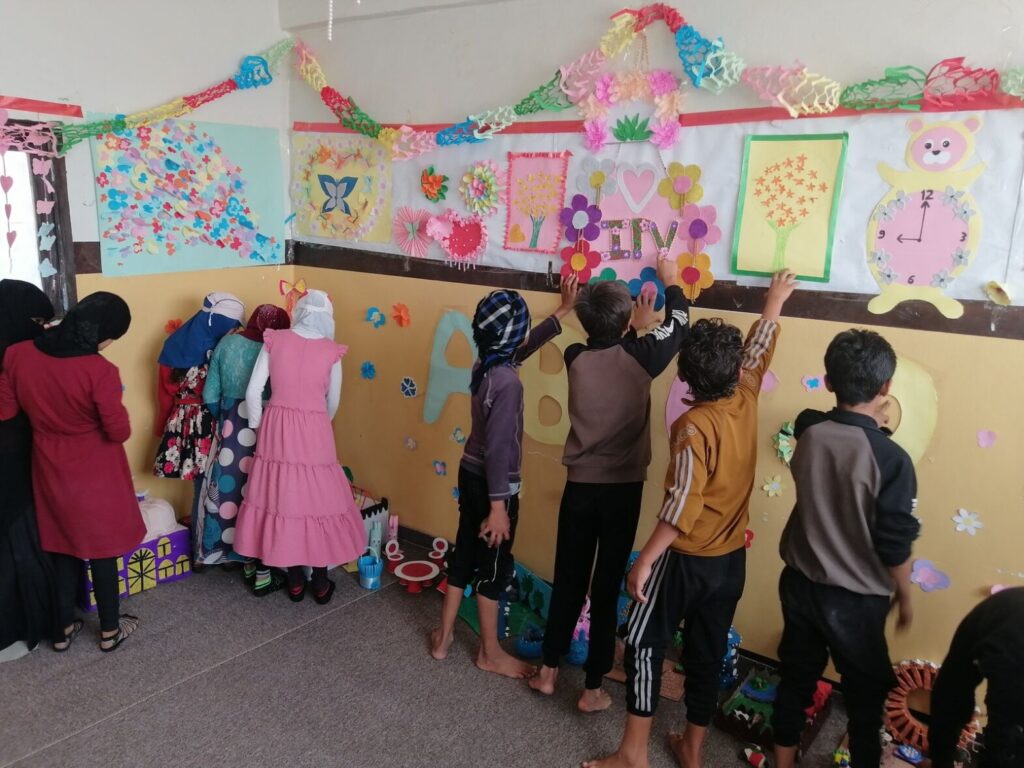
Introduction
The decade-long crisis in Syria continues to affect millions of lives. According to the 2023 Humanitarian Needs Overview, some 15.3 million people need humanitarian assistance. Increasingly complex and inter-linked protection needs continue to exist across Syria, resulting from a variety of situations ranging from direct exposure to hostilities, displacement, poor conditions in sites or communities, protracted displacement, and return to destroyed and impoverished communities.
Sector objectives
- Mitigate and respond to the harm caused to persons who have suffered violence, coercion, exploitation, serious neglect, or discrimination, and to restore their capacity to live safe and dignified lives.
- Strengthen targeted protection services to address the needs and vulnerability of persons at heightened risks of violence, exploitation, serious neglect or discrimination; enhance their capacities and reduce the risk of resorting to negative coping mechanisms.
- Strengthen the protection environment through the identification, monitoring and strengthening of risk reduction strategies of the affected population, legal and political systems as well as the capacity of local actors to respond to protection concerns.
- Enhancing protection of people in need through livelihood, recovery, and social cohesion; promote a rights-based approach to durable solutions and strengthen justice systems.
- Ensuring that protection issues are effectively addressed, and protection is mainstreamed across all sectors, while respect for principled humanitarian action and space is enhanced through capacity building and coordination.
Equity and inclusion:
- IPV programs aim to achieve equity by providing necessary support for beneficiaries (BNFs) to participate. However, it is essential for all IPV programs to actively work toward eliminating inequities whenever possible. For instance, this can include ensuring wheelchair accessibility in community center construction. These programs typically employ a twin-track approach: mainstreaming and specifications.
- Mainstreaming involves integrating children with disabilities into programs, with specific support provided through assistive devices, differentiated learning, transportation, and more. Additionally, programs should strive for integration, ensuring that children are included in activities and adjusting structures to accommodate diverse learning styles and remove service barriers.
In terms of education and protection:
- Enhancing access for persons with disabilities (PWD) involves providing wheelchair supplements such as ramps and handrails.
- Promoting equality and equity entails full integration of PWD in program participation to meet the specific needs of PWD, programs should establish referral mechanisms and adapt their services to include everyone.

